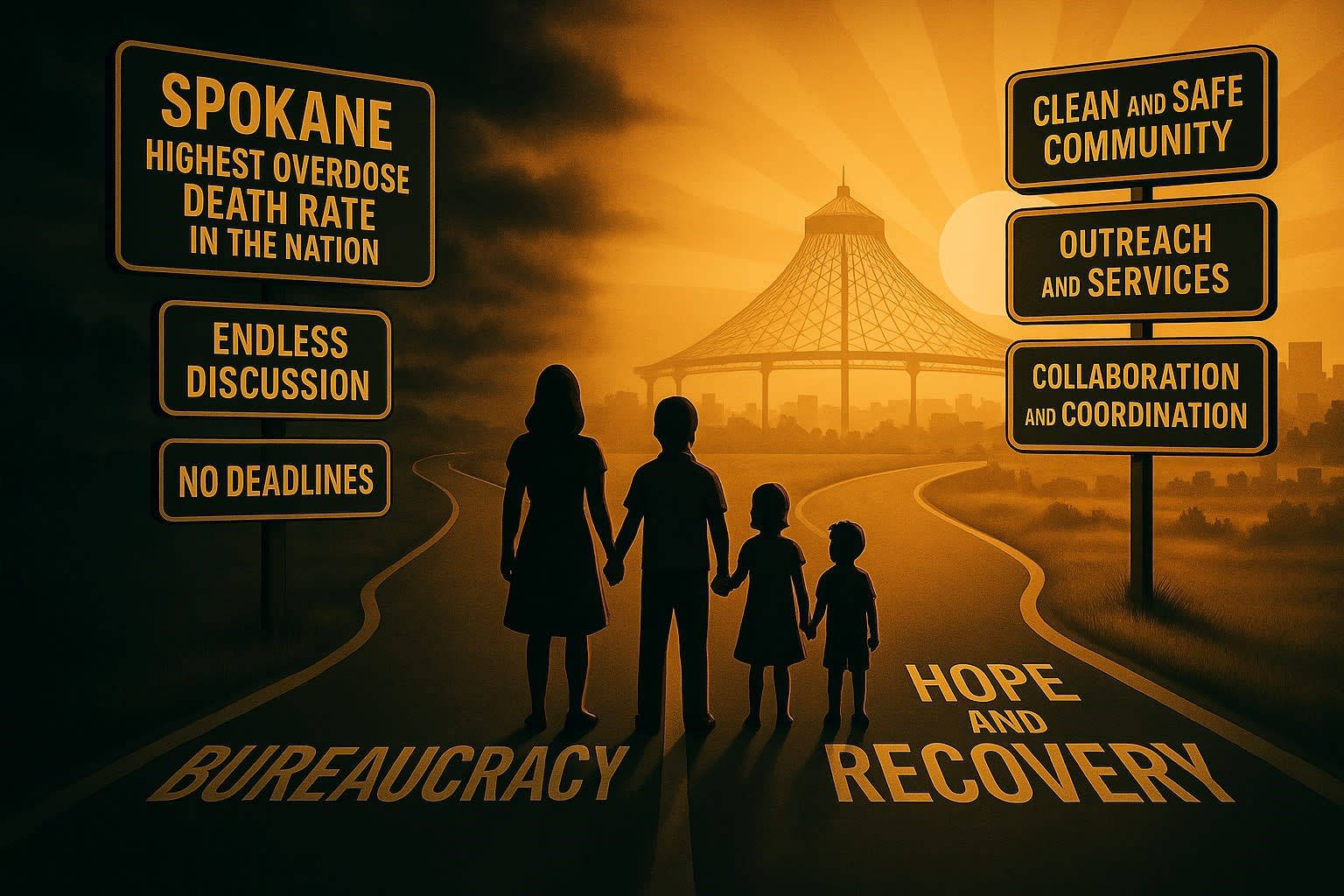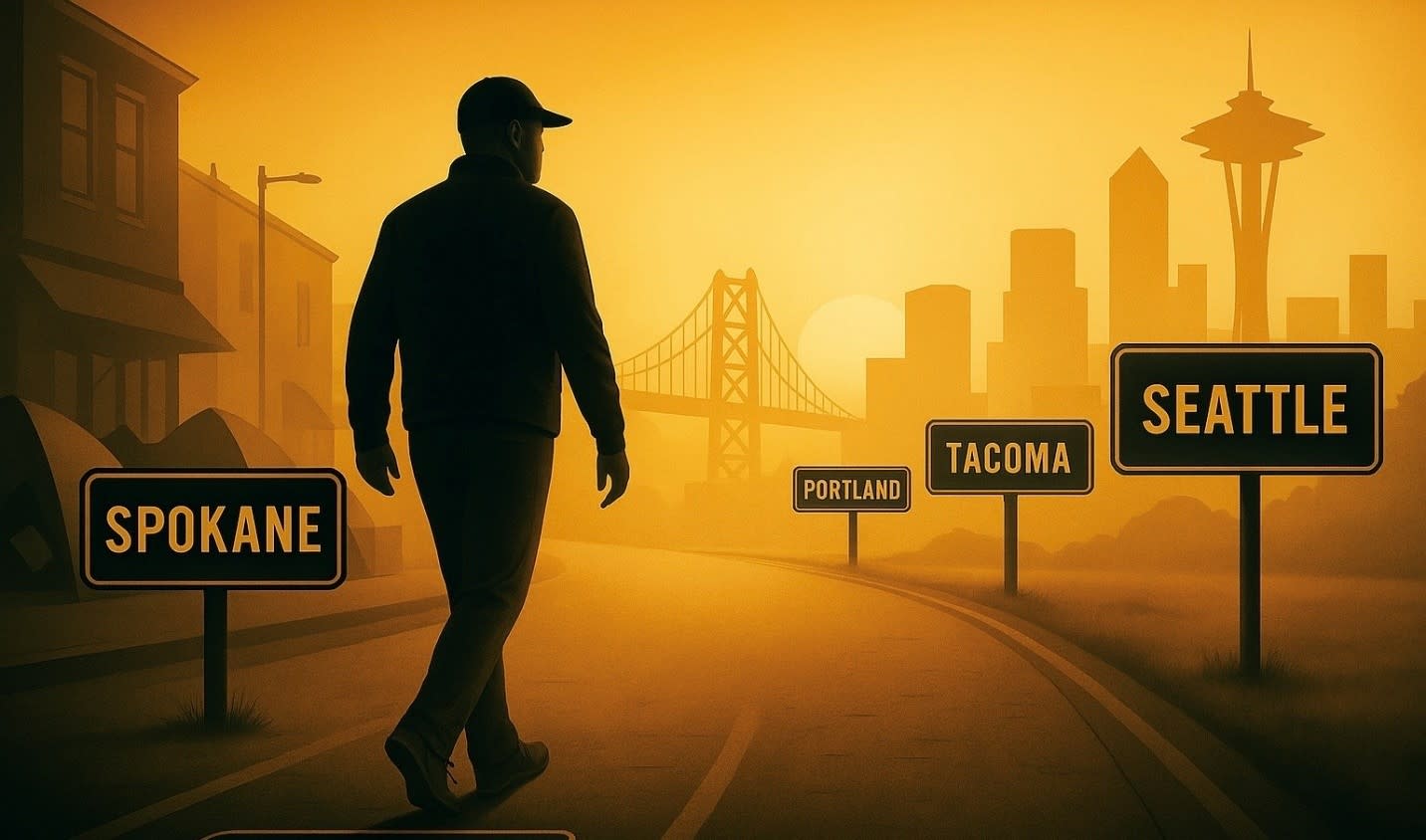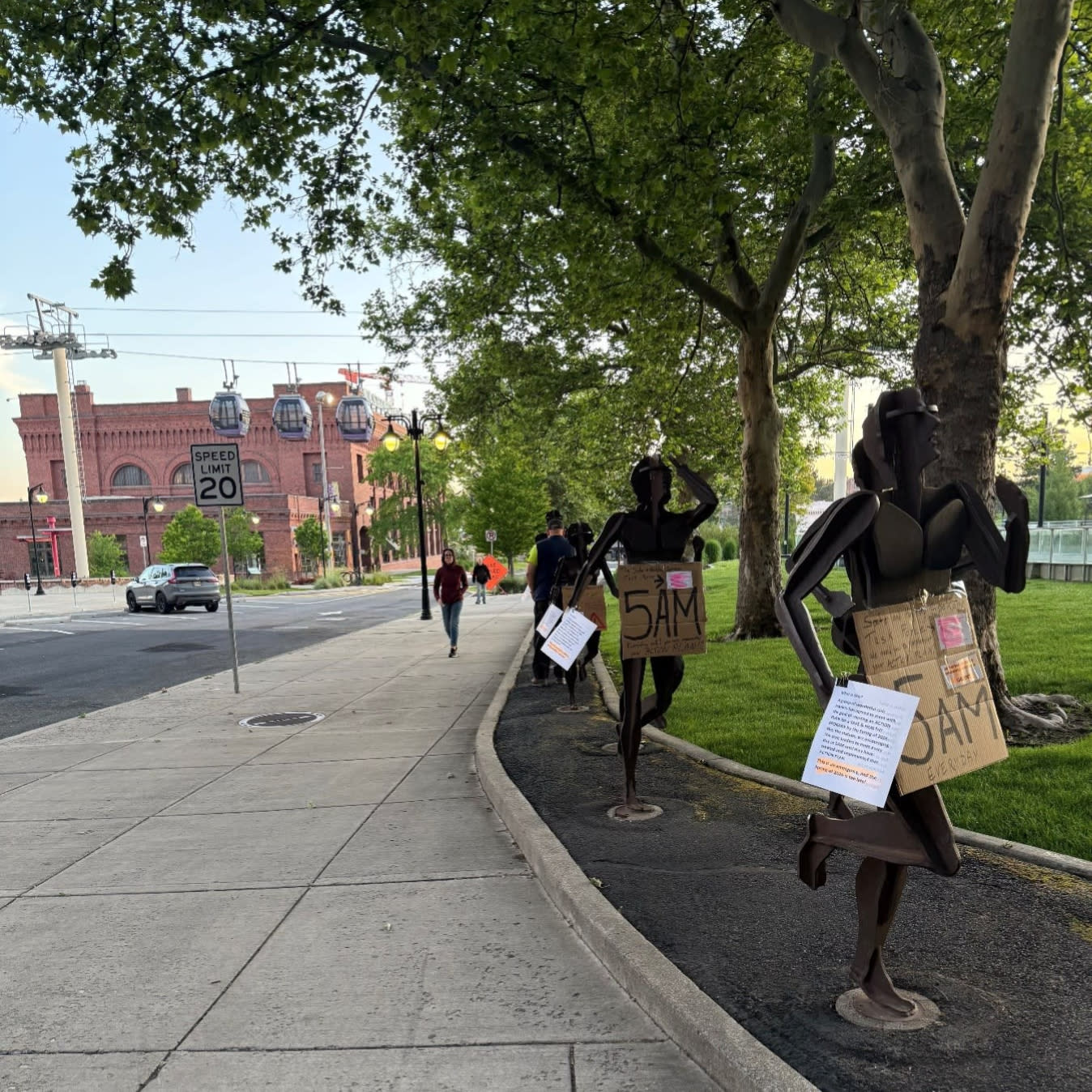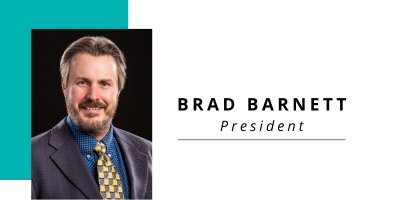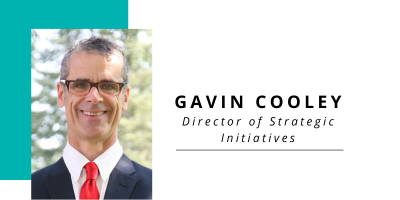What I Learned from 100 Days Walking Downtown Spokane…and One Road Trip
|
Yesterday marked the 100th consecutive day of our 5 AM Crisis Walks through downtown Spokane. What began as a symbol of urgency has evolved into something deeper—a daily journey that’s revealed just how severe Spokane’s crisis really is. It’s a crisis shared by most American cities, but our failure to deliver an urgent, effective response truly stands out.
|
A Little Background
These walks began with a challenge: I urged the mayor to ‘invite’ her Cabinet to walk at 4 AM daily through our downtown—and continue those walks seven days a week until they were able to complete the walk without seeing a single person suffering, overdosing, or dying on our streets and sidewalks.
I knew from my 18 years as Spokane’s CFO that showing up daily at 4 AM would force action. Cabinet members would talk. They’d quickly realize they didn’t have the resources. Urgent conversations would ripple outward—to nonprofits, faith leaders, business owners, the county, and the state. And they’d reach the only logical conclusion: Spokane needs an emergency-level, tri-governmental response to quickly mobilize and coordinate all the needed resources and capabilities we now lack—similar to what our neighbors in Portland, Multnomah County, and the State of Oregon launched just last year.
That challenge was a metaphor about the need for urgency - urgency we must marshal as we approach the highest projected overdose death rate in the country, and as we confront the ongoing collateral damage to our neighborhoods, businesses, jobs, and fabric of our community.
To emphasize that urgency, Barry Barfield, administrator for Spokane’s homeless coalition, suggested we begin the walks ourselves. So we started last February, and ultimately, I set a personal goal of walking – and learning - for 100 consecutive days at 5 AM (Barry is continuing these walks indefinitely: 5 AM every day from the southeast corner of City Hall!).
As yesterday’s 100-day goal approached, I decided to modify the routine and gain some outside perspective by extending those same early-morning walks into a road trip. Over Memorial Day weekend, my wife Katie and I visited our neighboring cities of Portland, Tacoma, and Seattle—walking, scootering, and driving through their downtowns and neighborhoods at daybreak. Here’s what we saw.
|
Road Trip - Portland
I’ve always loved Portland. It seems to have more trees and greenery than any downtown I know, and much of my family is from the area. We’ve all been heartbroken by its struggles and decline over the past few years. But Portland, one of the cities hit hardest by the fentanyl crisis, is clearly well along the road to a remarkable turnaround.
The turning point appears to be their unified State-County-City declaration of emergency in January, 2024. I spoke with a number of downtown workers and residents who told me the city has been visibly recovering since that time.
I covered nearly every street in the downtown area and was impressed at nearly every turn. Even the Pearl District, where REI closed one of its flagship stores just last year, has made a remarkable comeback. None of the downtown streets showed the challenges I saw there just last June. I was so surprised by what I saw, that I went out again later that day with my wife to confirm my observations. She agreed - strongly. Yes, there is still work to do, and long-term economic wounds to heal. But the trajectory is clear: Portland is on the rebound.
Road Trip – Tacoma
The next day, I met up with my brother. Strong coffee in hand, we spent over three hours walking and driving through Tacoma. I don’t know the city well, but the vibe there was similarly strong and confident. With a few exceptions along the waterfront near the Tacoma Dome, we saw very little chronic homelessness.
My brother, who spends considerable professional time there, confirmed that Tacoma has made a big turnaround in the last year and feels poised for continued recovery and growth.
Road Trip – Seattle
We spent the next two days in Seattle. I lived in various neighborhoods there for nearly a decade in the ’80s and my siblings all live there now. Like many, I’ve mourned its downturn in recent years. But, similar to Portland and Tacoma, what we saw over two days of early-morning loops through Capitol Hill, the International District, Fremont, Lake City, Ballard, downtown, and other neighborhoods—was something altogether different than decline.
Aside from a few problem spots (especially the International District, and parts of Ballard), the city is clearly making a U-turn. Yes, there are still signs of the lingering crisis: closed storefronts along 1st Avenue, cement blocks throughout Ballard to prevent RV parking, and heavy use of private security. Things are far from perfect. But the positive direction and strong course of recovery are unmistakable.
|
100th Day Sendoff from Barry's Friends
|
Of course, all of these observations are just snapshots. I encourage Spokane residents—especially leaders and skeptics—to go see it for yourselves. Walk and drive our neighboring cities and consider the contrast to Spokane. I believe you’ll agree: the difference in trajectory is stark.
On our drive home, I reflected on what 100 days of walking downtown Spokane has taught me. First and foremost: it’s worse than most people realize. When you walk the same streets at the same hour each day, patterns emerge. The pain, regression, hopelessness don’t fade - they grow and compound. And I’m always amazed when some leaders in our community continue to debate that reality – after all, we now own the highest projected overdose death rate of any county in the nation. That should speak for itself.
I’ve also learned that the problem isn’t that people are refusing help with addiction or other aspects of chronic homelessness. The problem is that help isn’t being offered with the urgency, or in the form, that this fentanyl emergency requires.
But these walks, and the ones I took in Portland, Tacoma, and Seattle, offer a big ray of hope: we can turn things around. The examples are right in front of us. What’s missing in Spokane isn’t knowledge or compassion. It’s the decision to act - with urgency, collaboration, and courage. The courage to acknowledge mistakes. To change course. To pursue a path of emergency level response and collaboration.
In the face of similar challenges, Portland’s city government underwent a complete transformation - only one member of the 2024 City Commission still serves on the new City Council, and a new Mayor was elected by a margin of nearly 20%. Spokane needs to set its own course – but we can’t afford to wait any longer.
The suffering we’re seeing—the lives lost, the businesses closed, the jobs erased, the trust eroded – isn’t inevitable. It’s the result of delay.
Final Thought
The final thing I’ve learned after 100 days? I’m done waiting – we all must be.
|
|

